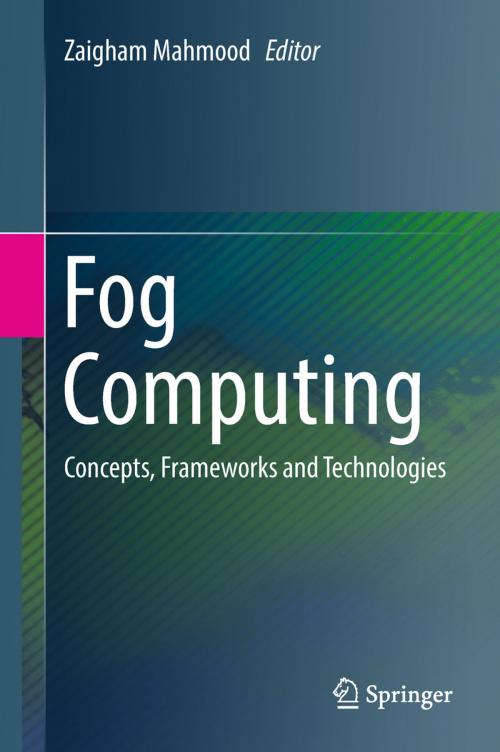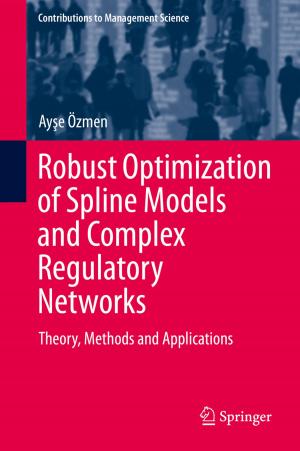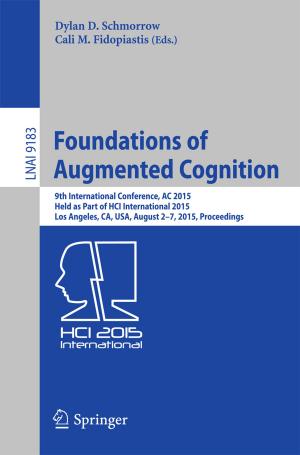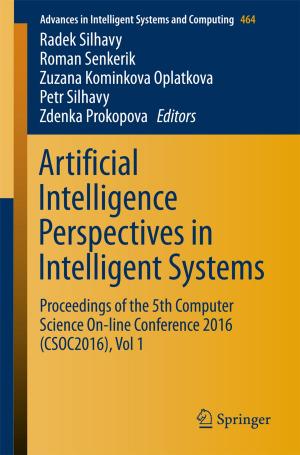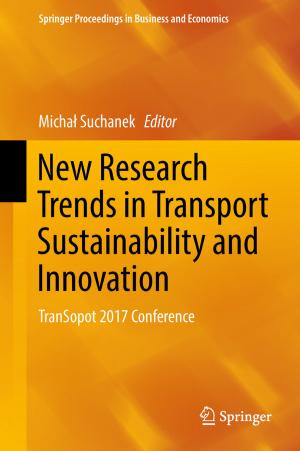Fog Computing
Concepts, Frameworks and Technologies
Nonfiction, Computers, Networking & Communications, Hardware, Advanced Computing, Information Technology, General Computing| Author: | ISBN: | 9783319948904 | |
| Publisher: | Springer International Publishing | Publication: | July 12, 2018 |
| Imprint: | Springer | Language: | English |
| Author: | |
| ISBN: | 9783319948904 |
| Publisher: | Springer International Publishing |
| Publication: | July 12, 2018 |
| Imprint: | Springer |
| Language: | English |
This authoritative text/reference describes the state of the art of fog computing, presenting insights from an international selection of renowned experts. A particular focus is provided on development approaches, architectural mechanisms, and measurement metrics for building smart adaptable environments. The coverage also includes important related topics such as device connectivity, security and interoperability, and communication methods.
Topics and features: introduces the core concepts and principles of fog computing, and reviews the latest research and best practice relating to fog/edge environments; discusses the vision for an Internet of Things (IoT) in terms of fog computing and other related distributed computing paradigms, such as cloud computing; presents a survey of the key issues and broader aspects of the fog paradigm, as well as the factors that affect adoption of fog computing; examines frameworks and methodologies for fog-based architecture design, improving performance, and measuring quality of experience; proposes tools and methodologies for analyzing large amounts of sensor data from smart city initiatives; describes approaches for designing robust services, management of data-intensive applications, context-aware data analysis, and vehicular networking; identifies potential future research directions and technological innovations in relation to distributed computing environments such as the IoT.
This enlightening volume offers essential perspectives for researchers of distributed computing and computer networking, as well as for advanced undergraduate and graduate students pursuing interests in this area. Professional engineers seeking to enhance security and connectivity in their IoT systems will also find this work to be a valuable reference.
This authoritative text/reference describes the state of the art of fog computing, presenting insights from an international selection of renowned experts. A particular focus is provided on development approaches, architectural mechanisms, and measurement metrics for building smart adaptable environments. The coverage also includes important related topics such as device connectivity, security and interoperability, and communication methods.
Topics and features: introduces the core concepts and principles of fog computing, and reviews the latest research and best practice relating to fog/edge environments; discusses the vision for an Internet of Things (IoT) in terms of fog computing and other related distributed computing paradigms, such as cloud computing; presents a survey of the key issues and broader aspects of the fog paradigm, as well as the factors that affect adoption of fog computing; examines frameworks and methodologies for fog-based architecture design, improving performance, and measuring quality of experience; proposes tools and methodologies for analyzing large amounts of sensor data from smart city initiatives; describes approaches for designing robust services, management of data-intensive applications, context-aware data analysis, and vehicular networking; identifies potential future research directions and technological innovations in relation to distributed computing environments such as the IoT.
This enlightening volume offers essential perspectives for researchers of distributed computing and computer networking, as well as for advanced undergraduate and graduate students pursuing interests in this area. Professional engineers seeking to enhance security and connectivity in their IoT systems will also find this work to be a valuable reference.
